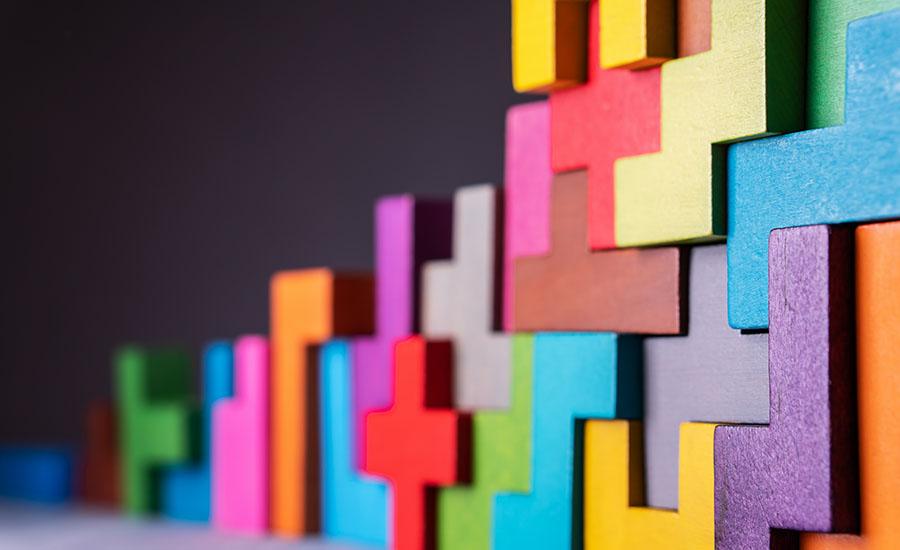
Students will dive into the world of three-dimensional structures, shapes, and basic engineering principles through this hands-on lesson using Magna Tiles.
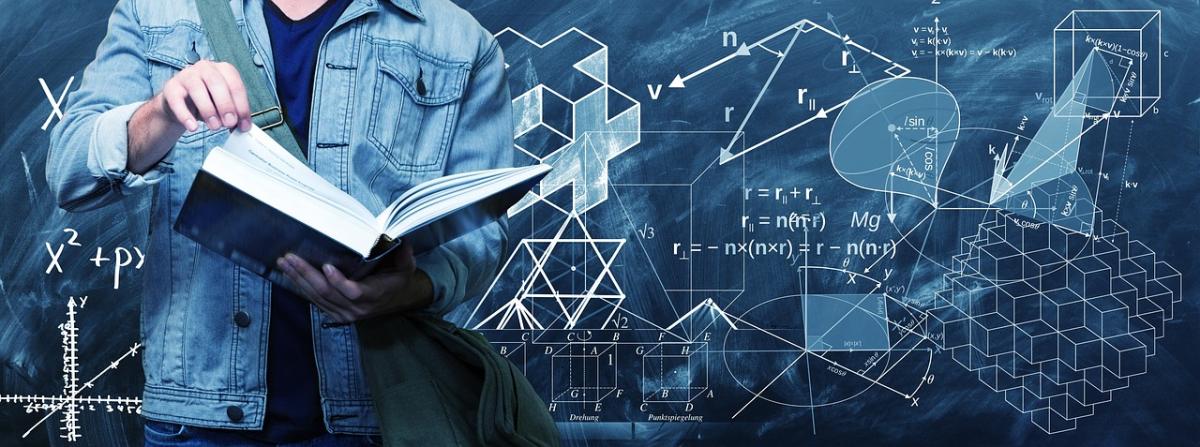
Students will create a community city by applying the concepts of area and perimeter using geometry shapes. This hands-on lesson incorporates the engineering design process and gives students an
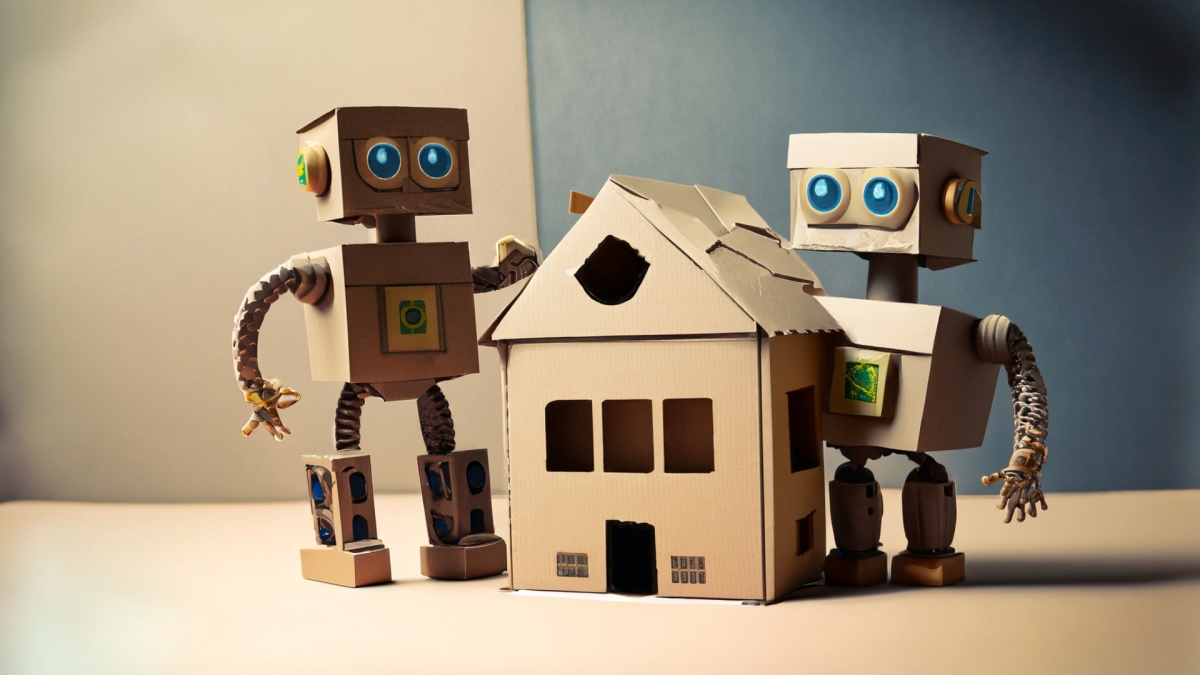
The lesson connects STEM and Literacy with this amazing Read Aloud STEM Activity. In the story, the character shares her passion for math. She finds lots of places that she sees math in her world. One
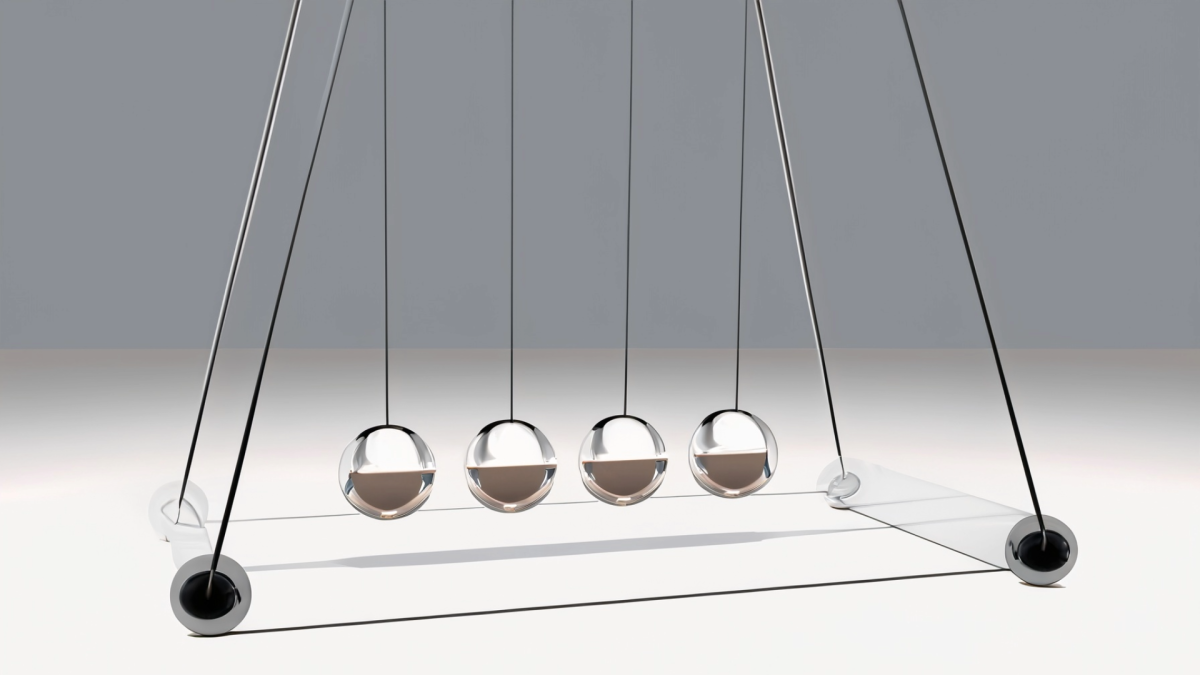
This lesson uses a diagram of a football being punted to demonstrate the forces of motion and the transfer of energy. Students are then challenged to apply what they learned to engineer a mechanical

In this creative and engaging lesson, students will listen to the read-aloud, "The Most Magnificent Thing" by A. Spires and complete a STEM challenge. Students engineer a doghouse with moving parts
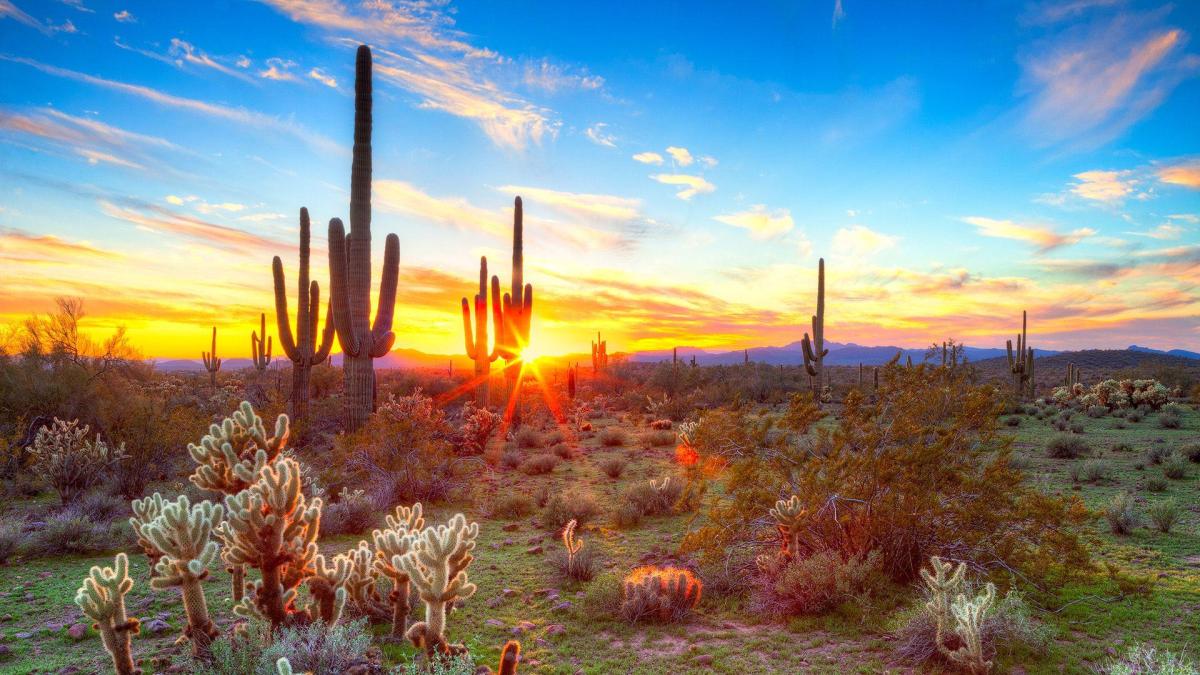
This lesson is about exploring Arizona's state bird, the cactus wren, that lives in the desert, has special body parts and behaviors that help it survive in its harsh environment. Students will learn

Students will investigate the properties of different types of matter and apply the concept of "P1: Matter" to design, model, and 3D print an object using a MakerBot 3D printer. Hands-On STEM Design

This STEAM lesson is ideal for Tucson/Pima County Middle School Students who can participate in the annual KIDStruction building contest but you can also duplicate many of the learning opportunities

In this hands-on engineering and science project, students will become earthquake engineers tasked with designing and constructing earthquake-proof structures using toothpicks and mini marshmallows

This hands-on lesson helps students understand the properties of 3D solids from their 2D base shapes and teaches them how to use CAD software to build their own 3D models of real-world objects by
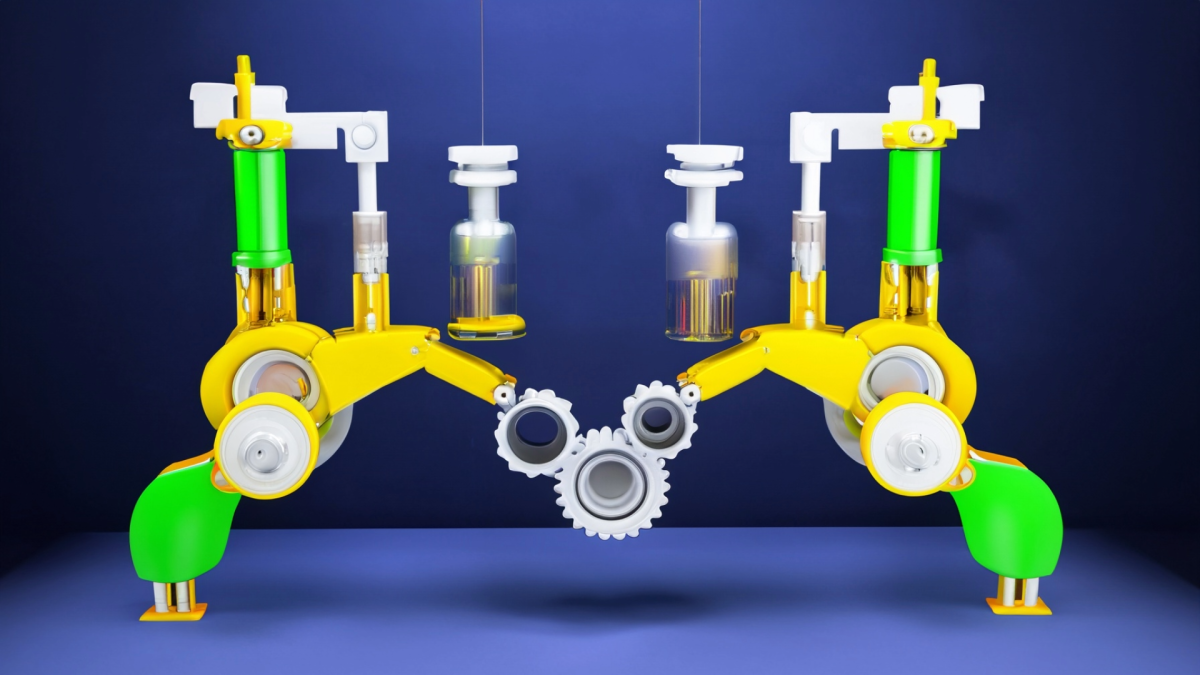
Students will understand the concept of levers as simple machines and will identify and classify everyday objects as levers. Students will apply basic mathematical concepts to measure and compare the
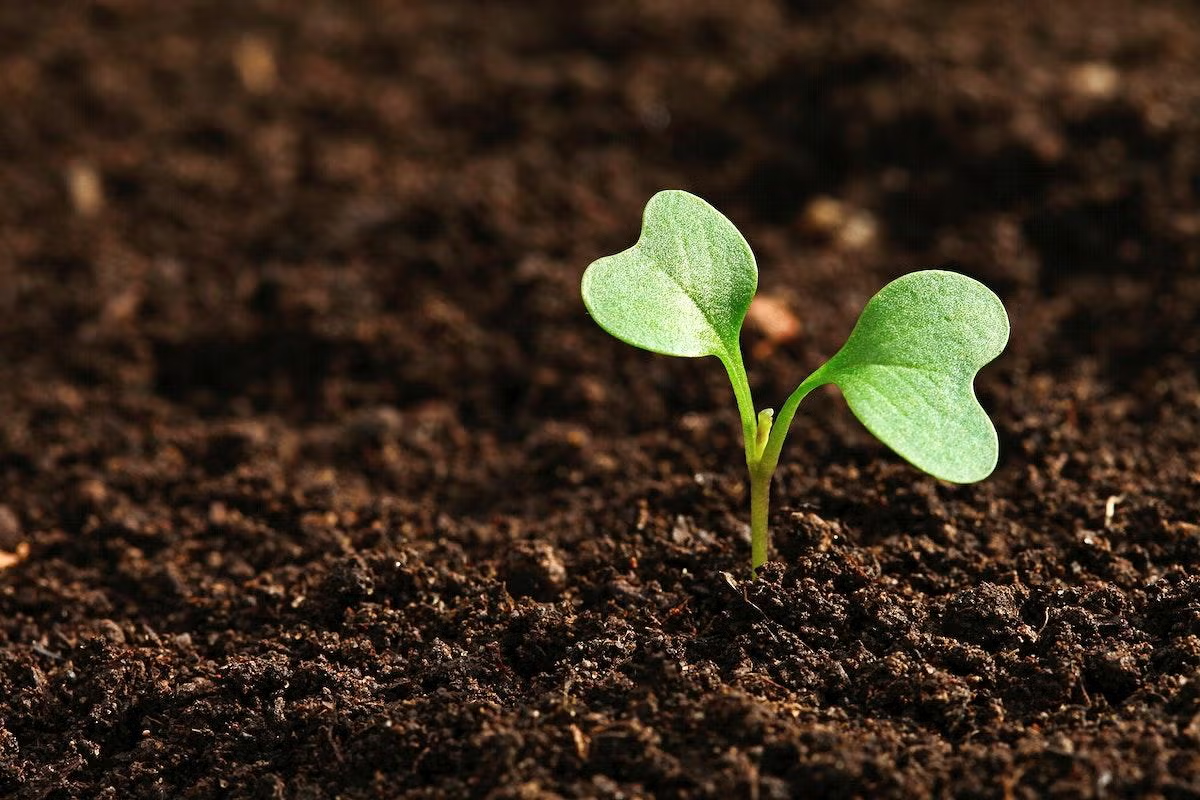
This is the part 2 of composting lesson aligned to narrative writing. In this lesson, students embark in the experience of observing the decomposition process of the materials, identifying the factors

This is the part one of the composting lesson that is aligned to the ELA standards of narrative reading and writing. In this lesson, students build their experiences by preparing the bucket composters
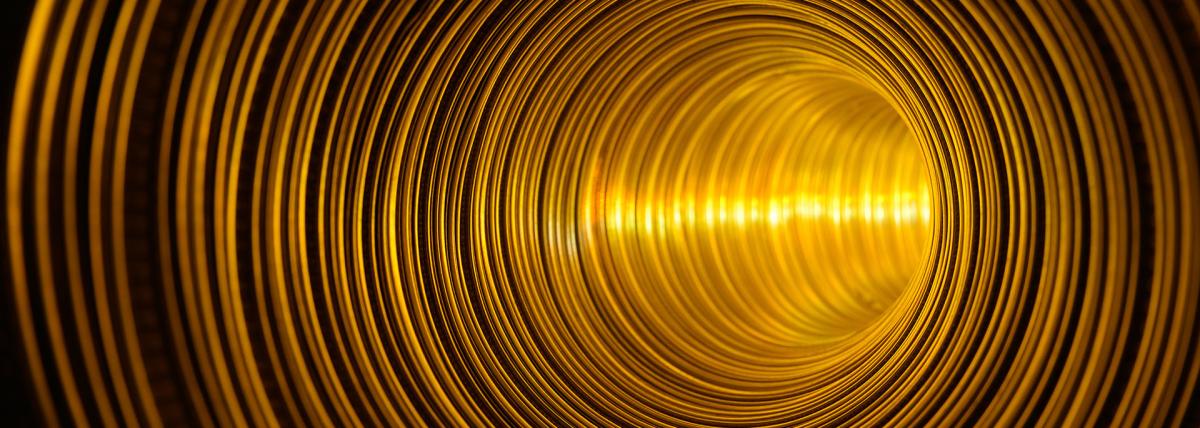
This lesson is meant to follow general explorations and lessons about light and sound. Students will use what they know about light to create devices to communicate with a classmate over a given

Using my backyard chickens as inspiration, this 5th grade lesson asks children to graph egg production and build a model of a chicken coop and run.
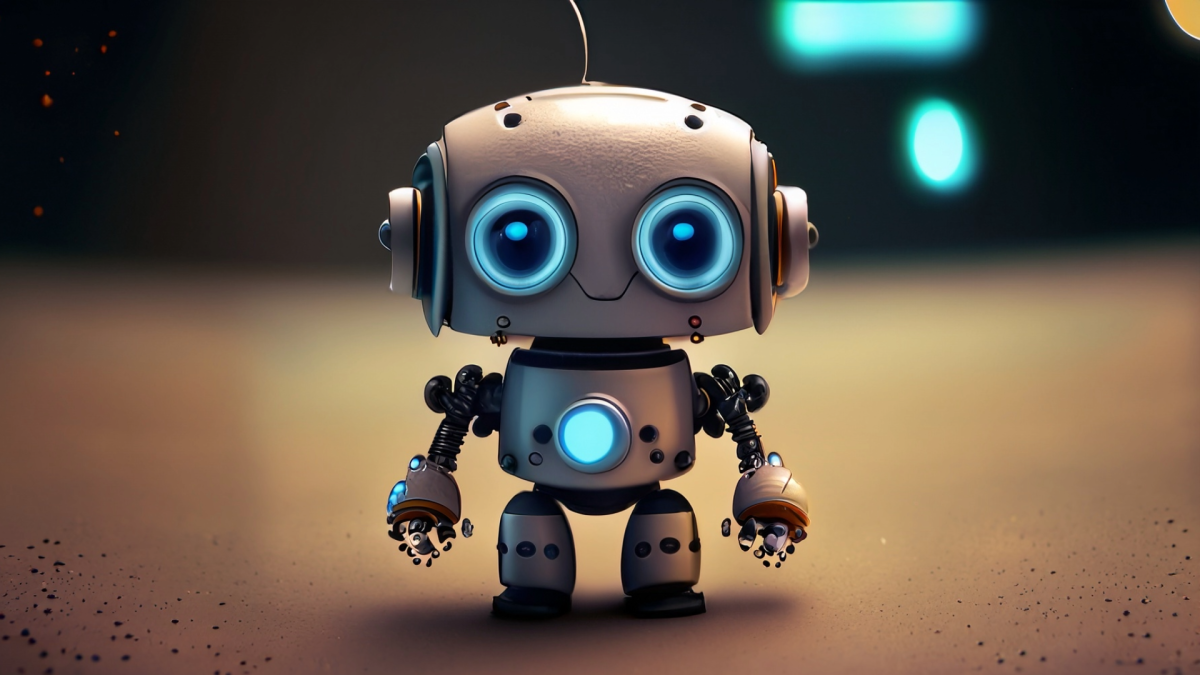
Using The Wild Robot by Peter Brown as provocation, students will develop a project integrating math, science, engineering and ELA standards. Students will build a robot prototype and take it through

This lesson is part 2 of 2, Days 3 and 4. This lesson is set up to have students explore the friction bridge designed by Leonardo Da Vinci. Students have discovered the inventor and become familiar

A middle school STEM lesson using art to introduce slope.

This lesson is part 1 of 2. This lesson is set up to have students explore the friction bridge designed by Leonardo Da Vinci. Students first discover the inventor and become familiar with his life
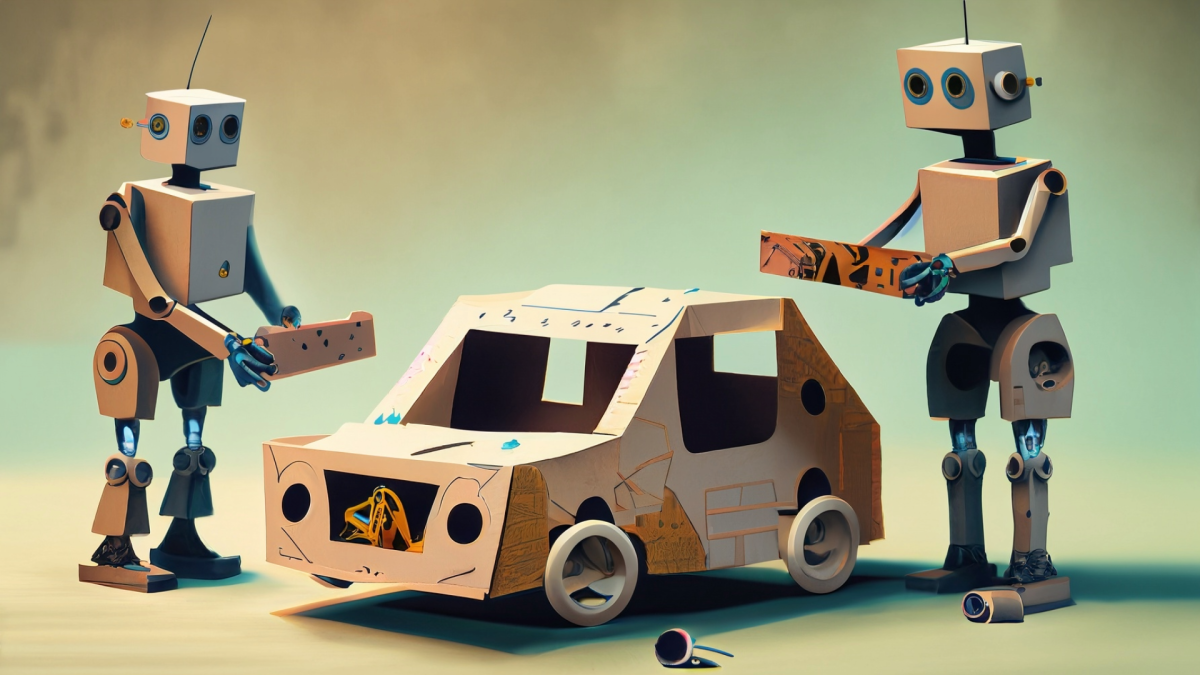
Students will learn about kinetic and potential energy and how energy transfers. They will use that knowledge in order to collaborate with peers to create a roller coaster that will demonstrate this

After listening to the story Gingerbread Cowboy, students will use the Engineering Design Process to build a bridge for the Gingerbread Cowboy to safely cross the river.

Students will be working on enlarging a candy wrapper using the grid technique.

This lesson is a follow up of lesson 1 of 2. Students will extend the focus of their cause by creating a logo and swag to be presented at an "EXPO" held at your school.

This lesson can be applied to multiple content areas. Following a discussion about what a cause is and looking at examples, students will work in groups to create a name, mission statement, and vision


